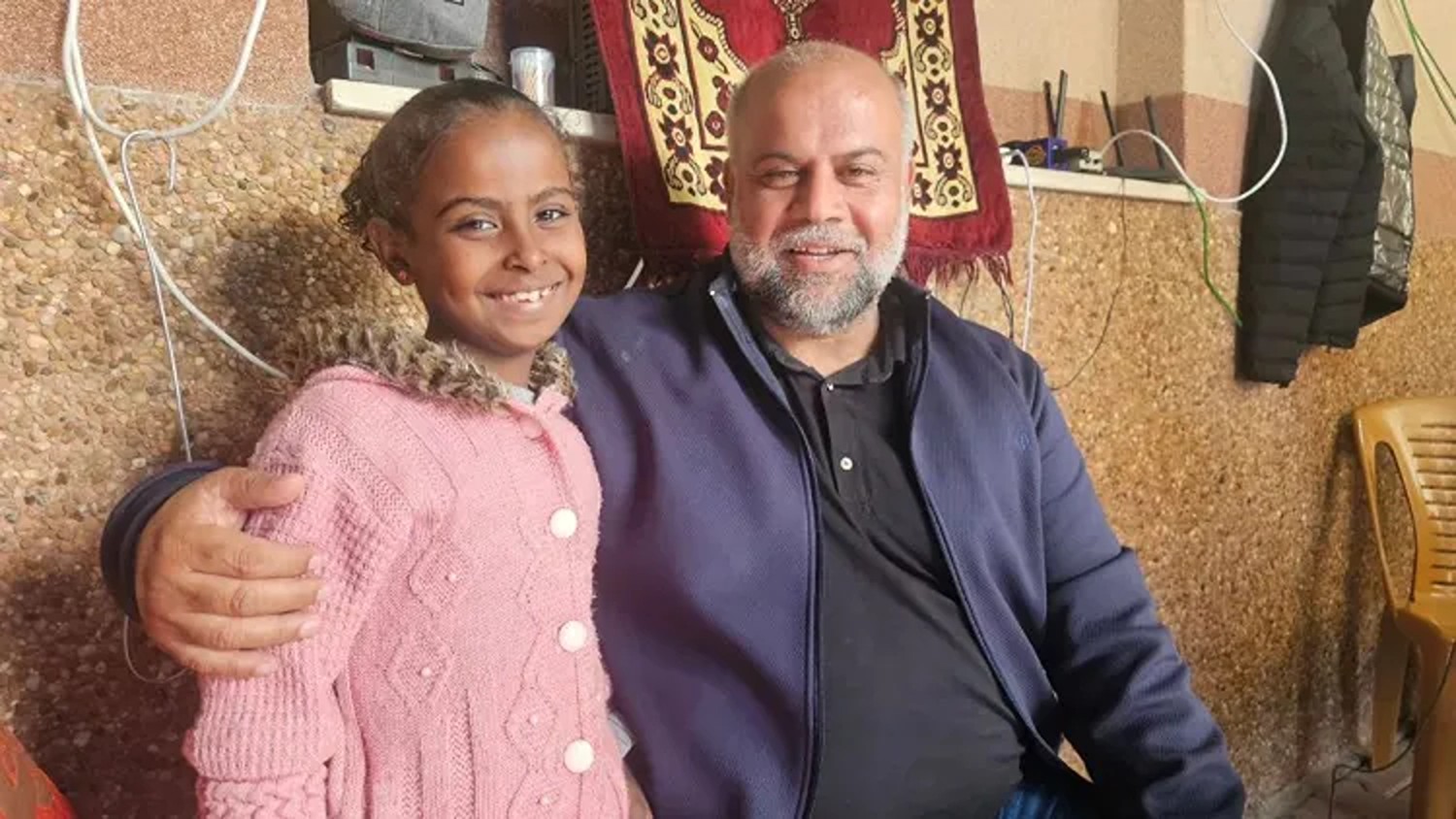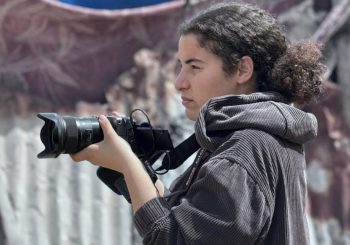More than forty years ago, in a poignant written essay in The Nation, James Baldwin, American civil rights activist, wrote: “The children are always ours, every single one of them, all over the globe; and I am beginning to suspect that whoever is incapable of recognizing this may be incapable of morality.”
Baldwin’s words remind us that children do not raise themselves, nor can they protect themselves. Even after leaving their mothers’ physical womb, they still yearn for its solace in the outside world; a longing that shapes their every interaction with the world.
Through every child’s eyes, we see the memory of our own mother’s embrace, and in that shared vulnerability, we vow to build an invisible womb, a safer world, for every child.
Around 160 children are killed every day in Gaza, which means one is killed every 10 minutes. The safety that many of these Palestinian children achingly yearn and search for is no longer to be found. For some, however, their safety lies in the power of their voices, reaching out to connect with the world and share their stories of resilience.
Nicknamed “the youngest war reporter in Gaza,” nine-year-old Lama Abu Jamous has become a powerful voice for her generation, documenting the realities of life in Gaza through her own lens. She is a reminder that even in the heart of darkness, childlike innocence finds refuge, where in her heart lies the memory and safety of a womb.
Armed with her mother’s smartphone, Lama became a chronicler of her reality. Her Instagram page, @lama_jamous9, transformed into a window into the soul of Gaza, capturing moments of both despair and defiance. Her journey as a war reporter began not on a battlefield, but in the intimate space of her own bedroom, documenting the sounds of war that rattled her world.
This raw, unscripted video marked the beginning of Lama’s extraordinary journey. Since then, the weight of displacement shifted her reality, forcing her family to flee to Khan Younis, seeking refuge with relatives.
From the rubble of bombed-out buildings to the whispered prayers of families huddled together by the sea, Lama’s lens reveals Palestinians not as victims, but as complex individuals weathering the war with both sorrow and dignity.
In one particularly poignant video, Lama’s camera shoots a scene of normalcy amidst the chaos: Palestinians visiting the Gaza Strip’s coastline, some wading playfully in the turquoise waters, others strolling along the shore with loved ones. Lama’s young voice narrates over the scene, her words carrying a powerful message: “We Palestinians also crave to live an ordinary life like everyone else.”
By capturing these seemingly small yet profoundly raw moments, Lama transcends the traditional role of a war reporter. She reminds us that true journalism isn’t just about documenting tragedies, but about documenting the human experience. It’s about recognizing the inherent humanity in individuals who have often been dehumanized by conflict and hardship.
“I love holding the camera and photographing people,” Lama once said. “I want to convey my photos and the photos of everyone around to the whole world.”
However, Lama’s mission extends beyond mere documentation. She interviews other children and journalists to not only give them an opportunity to share their story, but also to connect. For Lama, stories alone aren’t enough. Interviews are a way to foster empathy and forge Palestinian’s collective memory. Where war erodes community, Lama rebuilds it.
Through her platform, Lama advocates for their right to education, safety, and most importantly, a childhood free from the shadow of war.
As Brazilian philosopher Paulo Friere once said, liberation cannot be imposed from above. It requires amplifying the voices of the oppressed, listening to their experiences, and understanding their perspectives. Lama embodies this principle.
Treating the oppressed as pawns in a larger game, to be “saved” or manipulated, perpetuates their objectification. True liberation empowers them to be active participants in their own journey, recognizing their own humanity and capacity for agency.





Comments (0)